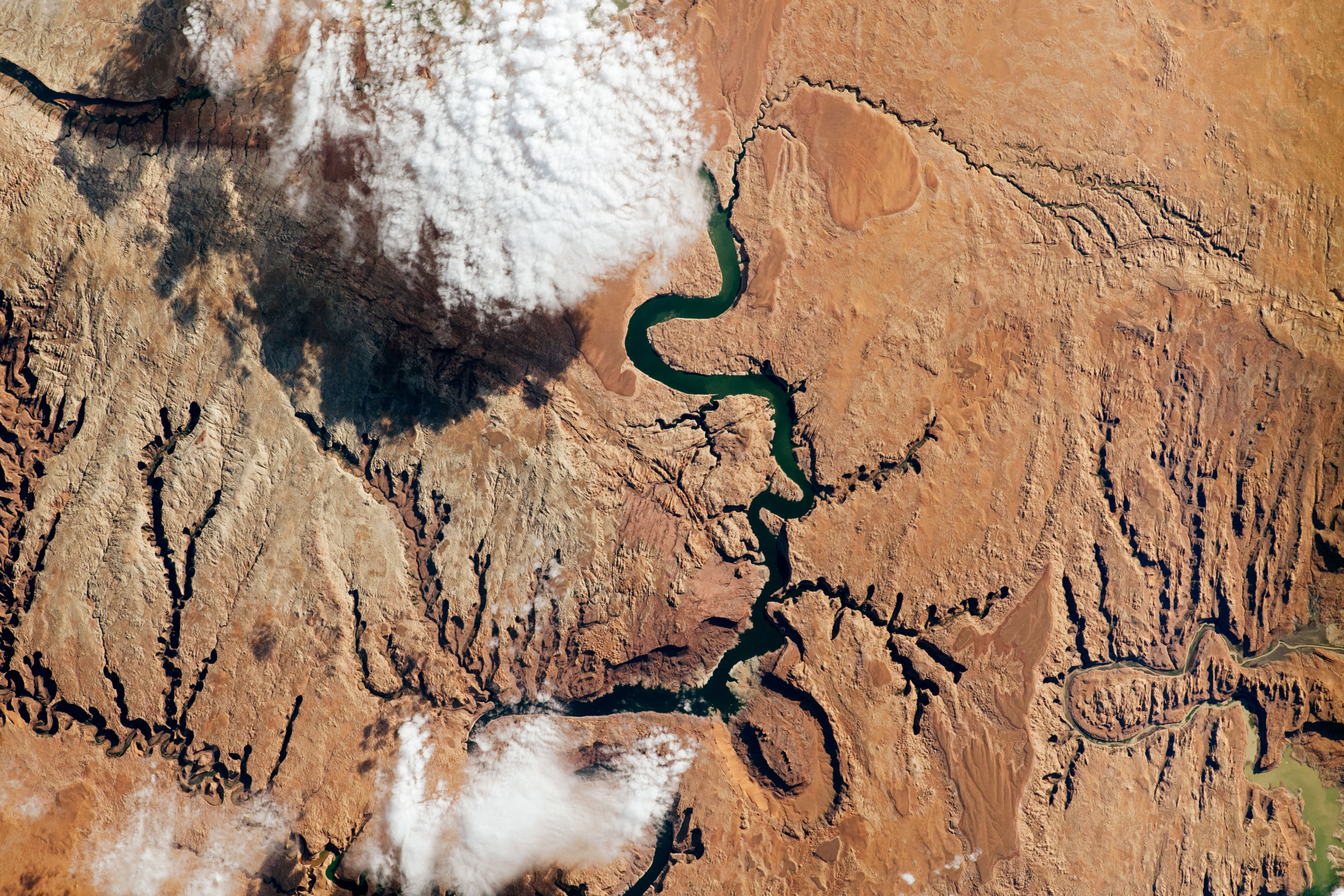User Community
Topic
Application of GPM Data
Meteorological agencies and organizations
Numerical weather prediction
Assimilation of Level 1 (L1) PMW TBs for initializing numerical weather prediction model runs to improve weather forecasts
Tropical cyclones
Improved characterization of tropical cyclone track and intensity using GPM L1 and L2 products to improve weather forecasts and provide more accurate hurricane warnings
Subseasonal to seasonal and climate modeling
Verification and validation of seasonal and climate modeling using L2 LH products and IMERG (Final) to improve understanding and predictability of climate behavior
Data-driven agriculture organizations
Agricultural forecasting and food security
Integration of IMERG (Early, Late) precipitation estimates within agricultural models to estimate growing season onset and crop productivity
Disaster risk management organizations
Flooding
Incorporation of IMERG (Early, Late) in hydrologic routing models for flood estimation
Disaster response and recovery
Situational awareness of extreme precipitation using IMERG (Early, Late) in potentially affected areas to support disaster response and recovery efforts
Disaster risk management platforms
Integration of IMERG (Early, Late, Final) into models to deliver real-time weather insights to customers
Energy infrastructure and management organizations
Renewable energy infrastructure and management
Assessment of freshwater inputs and quantification of water fluxes using IMERG (Early, Late, Final) as a precipitation data source for hydropower development, production, and flow forecasting
Reinsurance companies
Parametric insurance and reinsurance modeling
Definition of extreme precipitation thresholds using IMERG (Early, Late, Final) for developing multiperil index-based insurance products and improve situational awareness of rainfall to trigger policy payouts
Water resource management organizations and companies
Water resources and drought
Evaluation of precipitation anomalies using IMERG (Final) leveraging the extended temporal record, and assessment of freshwater input using IMERG (Early, Late) to basins and reservoirs to better quantify water fluxes
Public health
Vector- and water-borne disease monitoring
Tracking of precipitation variations using IMERG (Early, Late, Final) with other environmental variables to track and predict vector or water-borne diseases and issue public health alerts



